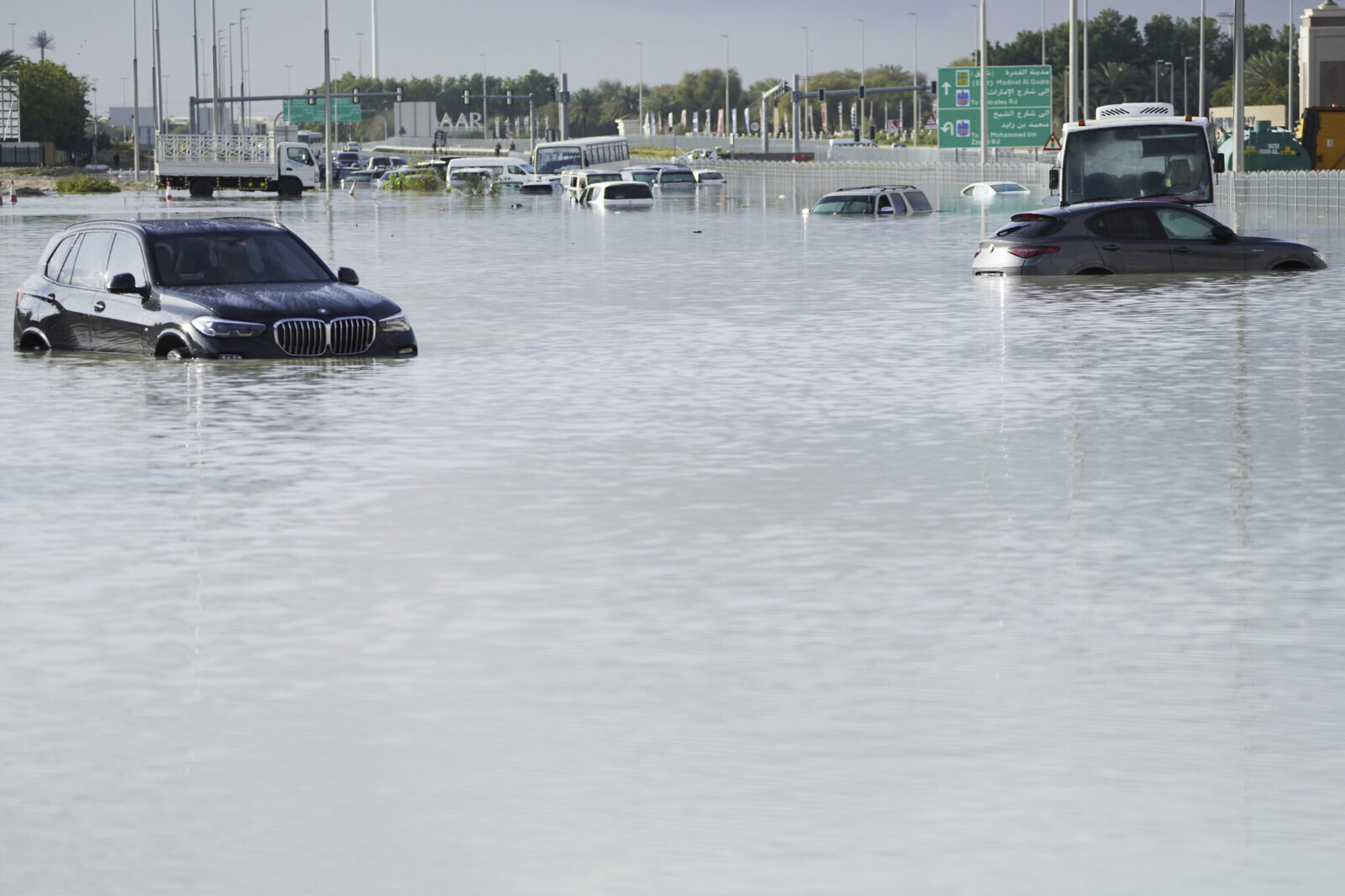In an unprecedented weather event, Dubai recently experienced what has been called the heaviest rainfall since records began in 1949. This article explores the significant implications of this intense weather episode and its potential to nearly cause a disaster in one of the most arid regions of the world.
Dubai, known for its towering skyscrapers and sun-drenched landscapes, was unprepared for the deluge that unfolded. The state-run WAM news agency described the rainfall as “a historic weather event,” which far surpassed anything previously documented. The resulting floods disrupted normal life and highlighted vulnerabilities in the city’s infrastructure. Key areas, including the Global Village parking lot, were left submerged, illustrating the scale of the inundation.
Cloud Seeding: A Trigger for the Deluge?
The UAE’s proactive approach to its perennial water scarcity includes cloud seeding, a method that involves inducing rain by dispersing substances like silver iodide into the clouds. The Emirates’ National Center for Meteorology (NCM) conducted several cloud-seeding operations before the rainfall. While this method is typically seen as a solution to water shortages, the excessive rainfall raised questions about the potential risks associated with such interventions. The NCM’s efforts to boost precipitation are part of a broader initiative to secure water resources but this event has sparked a debate on the balance between benefiting from and controlling nature.
While cloud seeding can increase rainfall, which is beneficial for replenishing groundwater and supporting agriculture, it also has potential environmental drawbacks. Altering precipitation patterns can affect neighboring regions and disrupt natural ecosystems. Moreover, the use of chemicals like silver iodide has raised concerns about environmental toxicity and the long-term consequences for soil and water quality.
The recent rainfall in Dubai serves as a crucial reminder of the complexities associated with weather modification. As the UAE and other arid regions continue to explore technological solutions to environmental challenges, it is essential to ensure that such interventions are managed responsibly. The Dubai rainfall has highlighted the need for comprehensive impact assessments and careful consideration of the ecological balance, ensuring that efforts to secure water resources do not turn into potential disasters.





















Leave a Reply